
Managua: The Heartbeat of Nicaragua
Discover Managua, the vibrant capital of Nicaragua, where history, culture, and natural beauty converge on the shores of Lake Managua.
Managua, the bustling capital of Nicaragua, is a city that offers a mix of history, culture, and natural beauty. Located on the southwestern shore of Lake Managua, it is a place where visitors can experience the vibrant life of Nicaragua. The city has a unique layout, with no clear city center, which adds to its charm and intrigue. Visitors can explore historical landmarks such as the Old Cathedral of Managua, which stands as a testament to the city’s resilience after the devastating earthquake in 1972. The Revolution Square, a symbol of Nicaragua's history and struggle, is another must-see. For those interested in art and culture, the National Palace of Culture and the Rubén Darío National Theatre offer a glimpse into the country’s rich artistic heritage. Nature lovers will appreciate the scenic views from the Tiscapa Lagoon Natural Reserve, where you can also find the historical Loma de Tiscapa. Lake Managua provides opportunities for boat tours and enjoying the serene waterfront. With a warm climate and friendly locals, Managua provides an authentic Nicaraguan experience that is both enriching and unforgettable.
Local tips in Managua
- Visit the Old Cathedral of Managua to witness the city's resilience and history.
- Take a walk through Revolution Square to feel the spirit of Nicaragua’s past.
- Enjoy a boat tour on Lake Managua for stunning views and relaxation.
- Explore the Tiscapa Lagoon Natural Reserve for a blend of history and nature.
- Check out local markets for unique Nicaraguan crafts and souvenirs.
- Stay hydrated and wear sunscreen, as the climate can be quite warm.
Managua: The Heartbeat of Nicaragua
Managua, the bustling capital of Nicaragua, is a city that offers a mix of history, culture, and natural beauty. Located on the southwestern shore of Lake Managua, it is a place where visitors can experience the vibrant life of Nicaragua. The city has a unique layout, with no clear city center, which adds to its charm and intrigue. Visitors can explore historical landmarks such as the Old Cathedral of Managua, which stands as a testament to the city’s resilience after the devastating earthquake in 1972. The Revolution Square, a symbol of Nicaragua's history and struggle, is another must-see. For those interested in art and culture, the National Palace of Culture and the Rubén Darío National Theatre offer a glimpse into the country’s rich artistic heritage. Nature lovers will appreciate the scenic views from the Tiscapa Lagoon Natural Reserve, where you can also find the historical Loma de Tiscapa. Lake Managua provides opportunities for boat tours and enjoying the serene waterfront. With a warm climate and friendly locals, Managua provides an authentic Nicaraguan experience that is both enriching and unforgettable.
When is the best time to go to Managua?
Iconic landmarks you can’t miss
Zoológico Nacional de Nicaragua
Discover the vibrant wildlife and conservation efforts at Zoológico Nacional de Nicaragua, a family-friendly zoo near San Pedro, showcasing native species and more.
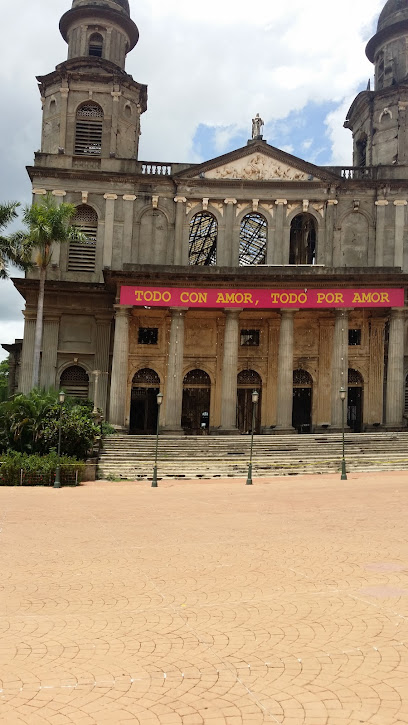
Parque Japón Nicaragua
Experience the serene beauty of Parque Japón Nicaragua, a tranquil urban park showcasing Japanese-inspired landscaping in the heart of Managua.
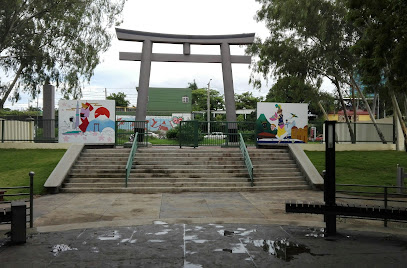
T.G.I. Friday's Nicaragua
Experience the vibrant flavors of American cuisine at T.G.I. Friday's Nicaragua, where delicious food meets a lively dining atmosphere.
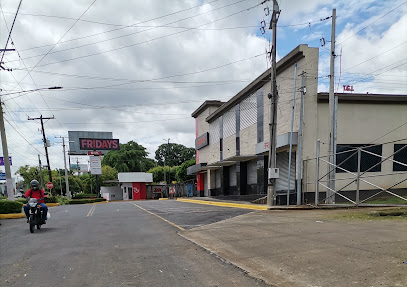
Teatro Nacional Rubén Darío
Experience the cultural heartbeat of Managua at Teatro Nacional Rubén Darío, where stunning performances and rich history come together.
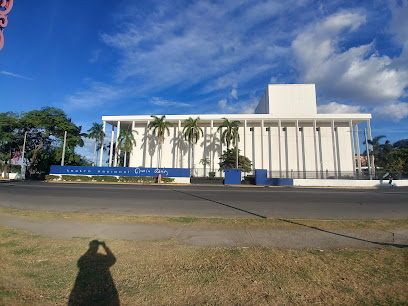
Plaza Nicaragua
Explore the lush beauty and cultural vibrancy of Plaza Nicaragua, a must-visit park in Managua that offers a perfect blend of relaxation and local charm.
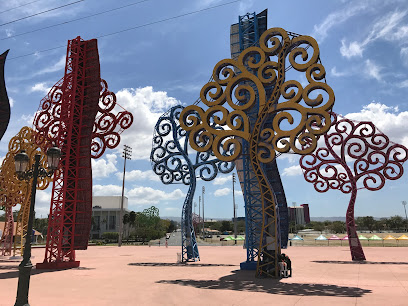
Hyatt Place Managua
Hyatt Place Managua: Your Gateway to Comfort and Culture in Nicaragua's Capital
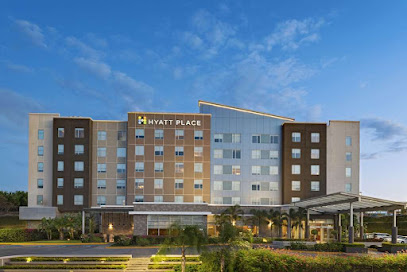
InterContinental Managua at Metrocentro Mall, an IHG Hotel
Discover unparalleled luxury and convenience at InterContinental Managua, adjacent to Metrocentro Mall, your gateway to exploring Nicaragua's vibrant culture.
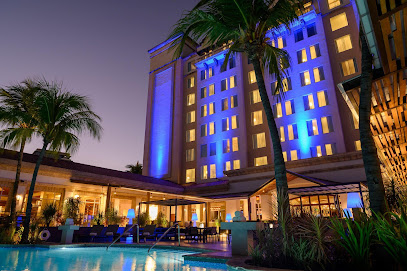
Porterhouse Steaks
Discover Managua's premier steakhouse, Porterhouse Steaks, where exceptional quality meets unforgettable flavors in every bite.
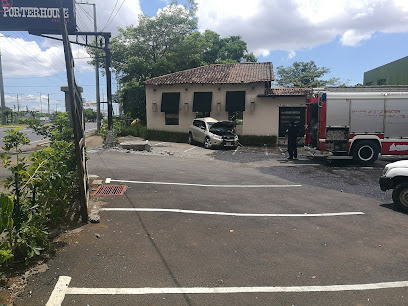
Catedral Metropolitana de Managua
Explore the breathtaking beauty and rich history of Catedral Metropolitana de Managua, a spiritual landmark and architectural gem in Nicaragua's capital.
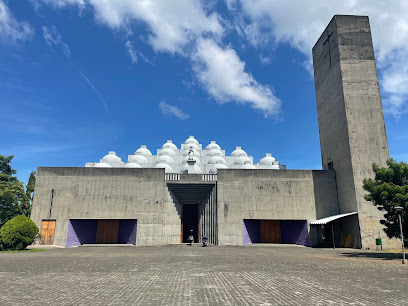
Reserva Natural Laguna de Tiscapa
Immerse yourself in the natural beauty of Laguna de Tiscapa, a serene park in Managua, Nicaragua, perfect for relaxation and outdoor adventures.
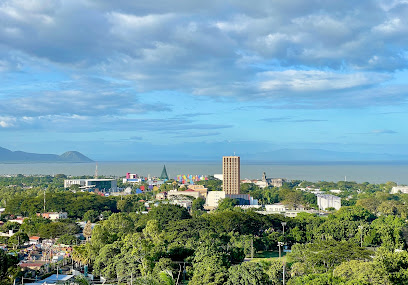
Restaurant Don Candido
Indulge in the finest steaks and exquisite dining experience at Restaurant Don Candido in Managua, where culinary excellence meets warm hospitality.
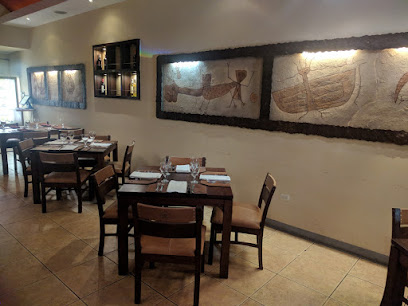
La Vaca Gorda
Discover the vibrant flavors of Nicaragua at La Vaca Gorda, a culinary delight in Managua offering authentic dishes and a lively atmosphere.
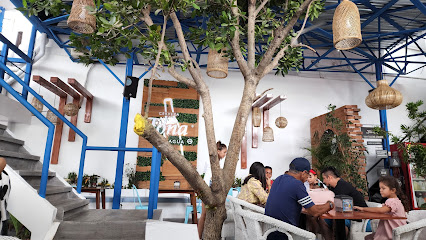
Santiago of Managua Cathedral
Explore the Santiago of Managua Cathedral, a modern architectural marvel and cultural beacon in the heart of Nicaragua's capital.

Antiguo Cine Ideal
Discover the historic Antiguo Cine Ideal, where Managua's cinematic legacy meets cultural heritage, offering a unique glimpse into the city's artistic past.

Farmers Market Las Colinas
Explore authentic Nicaraguan flavors and local artisans at Farmers Market Las Colinas, a vibrant food market in Managua.
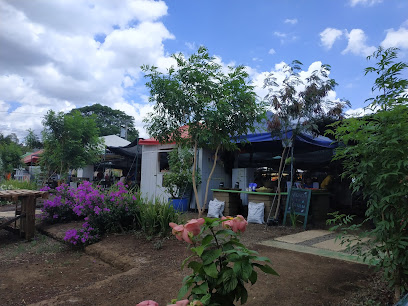
Unmissable attractions to see
Mirador de Catarina
Experience breathtaking views of Lake Cocibolca and Mombacho Volcano at Mirador de Catarina, a stunning observatory in Nicaragua.
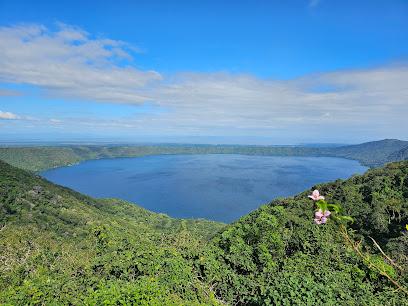
Parque Central de Granada
Experience the vibrant culture and historic charm of Granada at Parque Central, the heart of Nicaragua's most picturesque city.
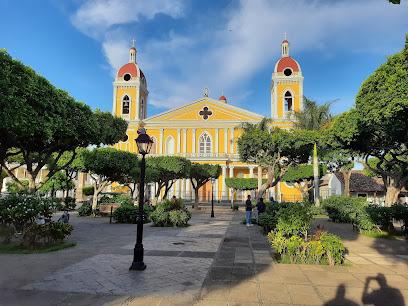
Zoológico Nacional de Nicaragua
Explore the Zoológico Nacional de Nicaragua, where exotic wildlife comes to life in a vibrant setting dedicated to conservation and education.
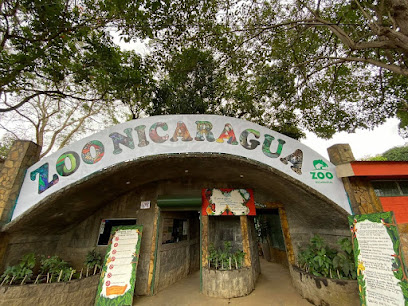
Cultural Center Old Craft Market
Explore the Cultural Center Old Craft Market in Masaya for authentic Nicaraguan crafts, vibrant atmosphere, and a taste of local traditions.
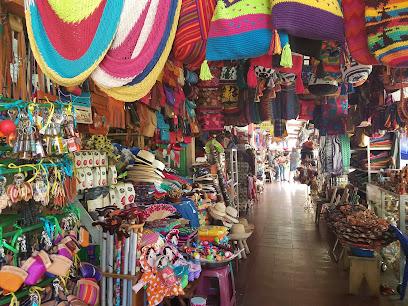
Teatro Nacional Rubén Darío
Discover the cultural heart of Managua at Teatro Nacional Rubén Darío, a premier venue for performing arts and unforgettable events.
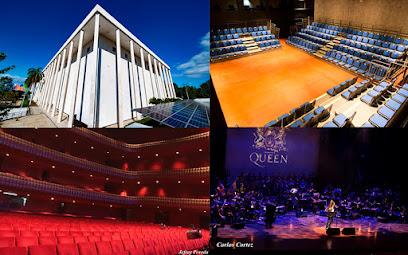
Reserva Natural Volcán Mombacho
Explore the lush cloud forests and breathtaking vistas of Mombacho Volcano Natural Reserve, a nature lover's paradise in Granada, Nicaragua.
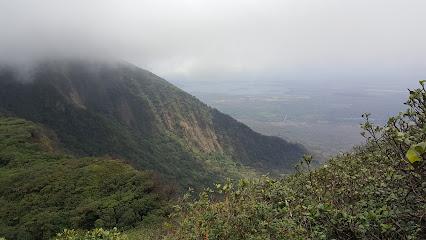
Granada Malecon
Explore the scenic Granada Malecon, a vibrant waterfront promenade where nature meets culture in the heart of Nicaragua's historic city.
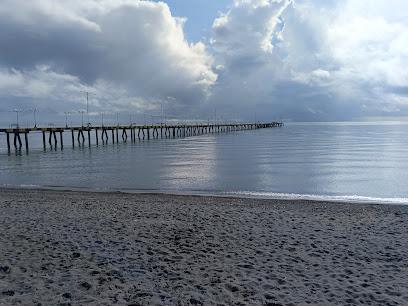
Chocolate Museum of Granada
Explore the rich history and delightful flavors of chocolate at the Chocolate Museum of Granada, a sweet experience for all ages.
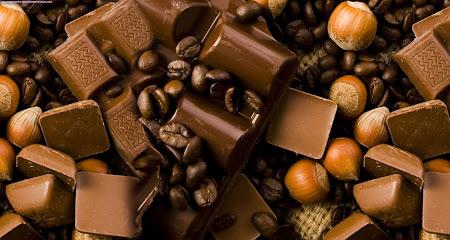
Reserva Natural Laguna de Tiscapa
Explore the serene beauty and diverse wildlife at Reserva Natural Laguna de Tiscapa, a prime destination for nature lovers in Managua, Nicaragua.
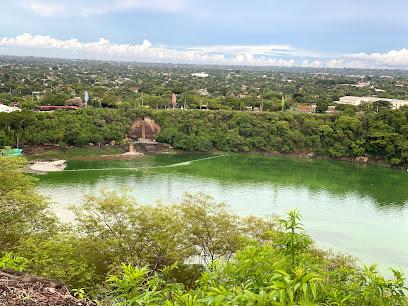
Xalteva Park
Explore the serene beauty and vibrant culture of Xalteva Park, a must-visit urban oasis in Granada, Nicaragua.
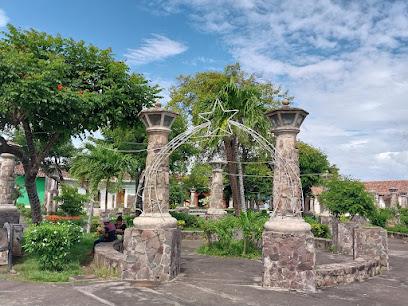
Santiago of Managua Cathedral
Explore the architectural beauty and rich history of the Santiago of Managua Cathedral, a captivating landmark in Nicaragua's capital.

Marina Cocibolca
Discover the beauty of Marina Cocibolca, where serene waters meet vibrant local culture, offering a perfect escape for relaxation and adventure.
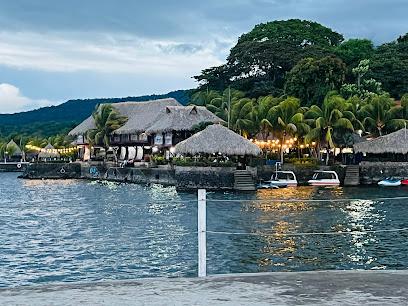
Immaculate Conception of Mary Cathedral Church
Discover the architectural beauty and rich history of the Immaculate Conception of Mary Cathedral, a must-see tourist attraction in Granada, Nicaragua.
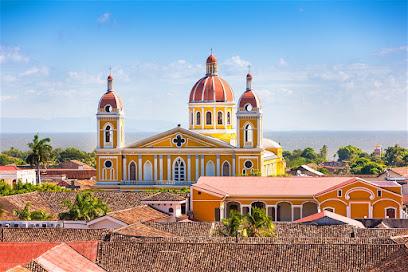
Las Palmas Park
Explore Las Palmas Park, a green haven in Managua offering scenic walks, cultural events, and family-friendly spaces for relaxation and enjoyment.
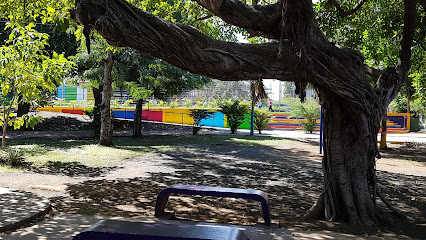
Palacio Nacional
Discover the historical and cultural significance of the Palacio Nacional in Managua, a majestic museum filled with art and rich Nicaraguan history.
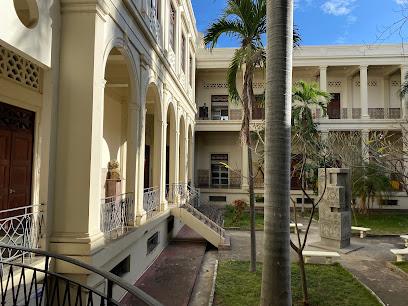
Essential places to dine
Cocina de Doña Haydée
Discover authentic Nicaraguan flavors at Cocina de Doña Haydée in Managua – where every meal tells a story.
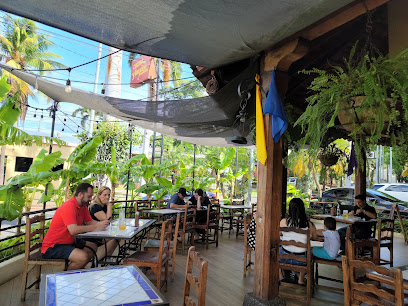
Pane e Vino
Experience authentic Italian flavors at Pane e Vino, where every dish tells a story of tradition and passion.
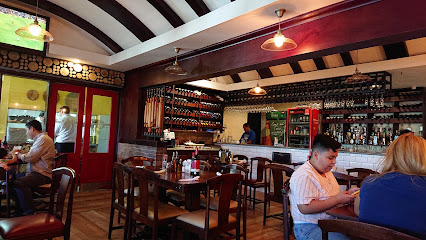
El Tiscapa Los Ranchos # 2
Discover El Tiscapa in Managua: where exquisite steaks meet breathtaking views for an unforgettable dining experience.
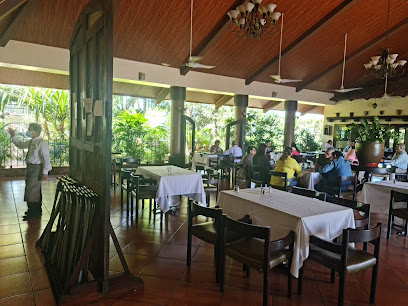
Restaurante El Eskimo
Experience the best steaks in Managua at Restaurante El Eskimo – where culinary excellence meets vibrant local culture.
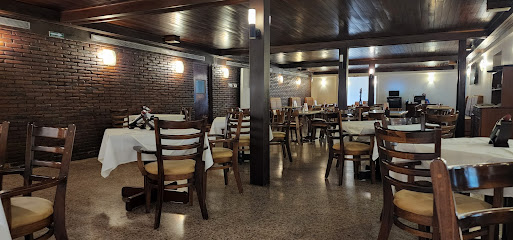
Los Ranchos
Experience authentic Nicaraguan flavors at Los Ranchos – where culinary tradition meets modern elegance in Managua.

Tacos Charros Centroamérica
Savor authentic Mexican flavors at Tacos Charros Centroamérica in Managua—where every bite takes you on a culinary adventure.
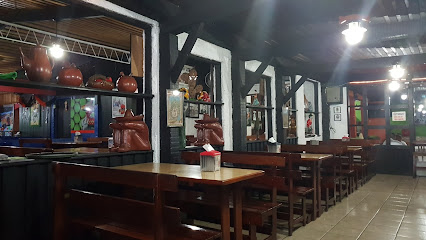
El Predio Food Park
Discover diverse flavors at El Predio Food Park in Managua – where local cuisine meets vibrant atmosphere for an unforgettable dining experience.
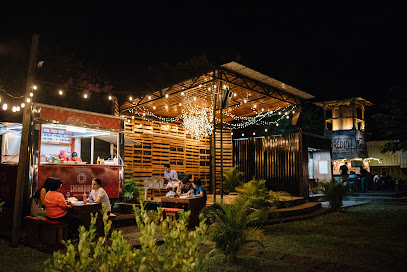
Casa Santa Lucía
Experience the rich flavors of Nicaragua at Casa Santa Lucía – where every meal is a celebration.
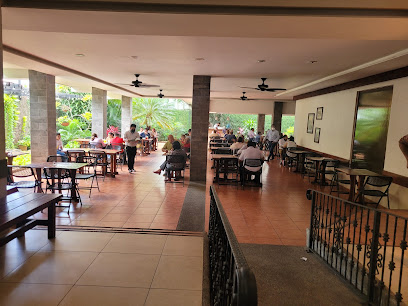
Porterhouse Steaks
Experience unmatched flavors at Porterhouse Steaks in Managua - where premium meats meet exceptional service for an unforgettable dining experience.
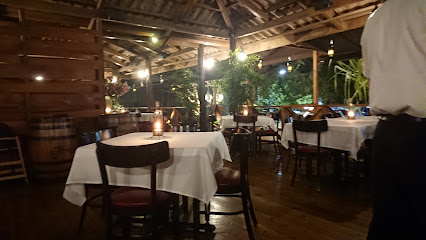
Restaurante La Campana
Discover the authentic flavors of Nicaragua at Restaurante La Campana in Managua – where culinary excellence meets local charm.
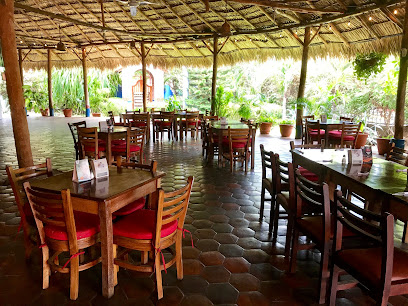
ZacateLimon
Experience delightful breakfasts and brunches at ZacateLimon in Managua - where health meets flavor in every dish.

Restaurant Don Candido
Experience exquisite steak dining at Restaurant Don Candido in Managua – where quality meets flavor in an inviting atmosphere.
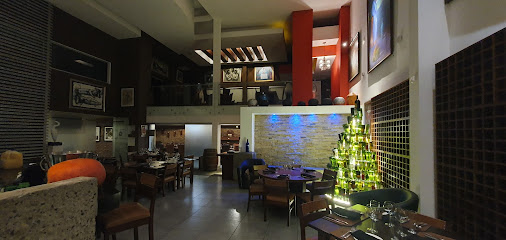
Taska Kiko
Discover the heart of Spain in Managua at Taska Kiko - where authentic flavors meet warm hospitality.
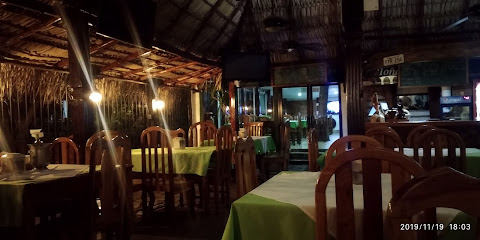
Barrio Café
Experience authentic Nicaraguan flavors at Barrio Café in Managua—your go-to spot for breakfast, brunch, and delightful espresso drinks.
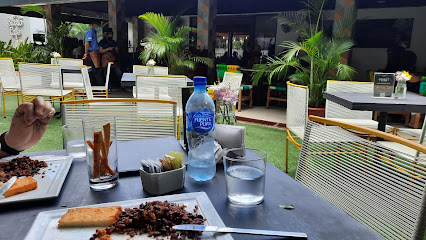
Summer Bar y Restaurante
Discover exquisite seafood delights at Summer Bar y Restaurante in Managua's vibrant Los Robles neighborhood.
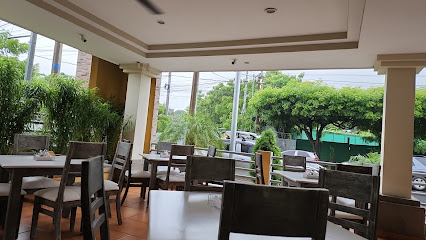
Markets, malls and hidden boutiques
Curves Plus Size Boutique
Discover stylish and trendy plus-size fashion at Curves Plus Size Boutique in Managua, embracing body positivity and celebrating every woman's beauty.
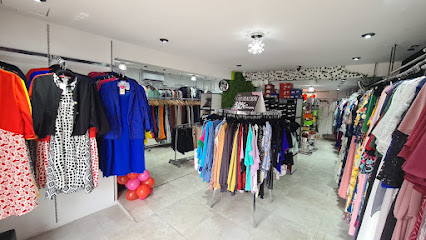
Moda Coreana | Melis Boutique
Discover the charm of Korean fashion and authentic groceries at Moda Coreana | Melis Boutique in Managua, a must-visit for stylish travelers.
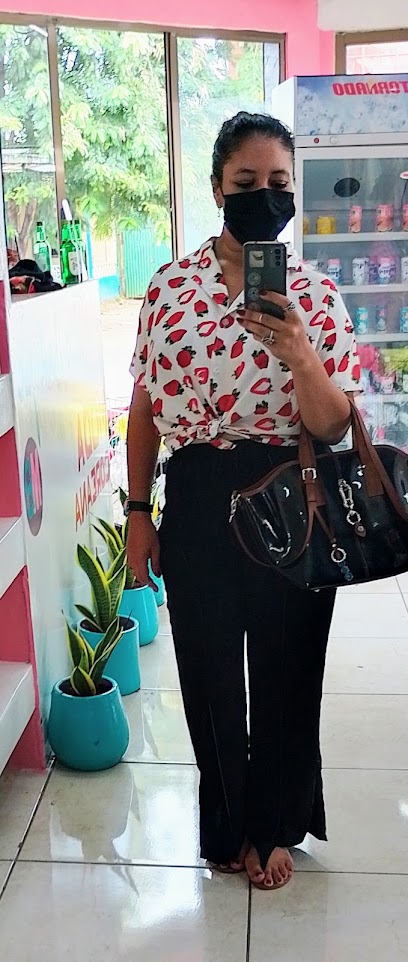
Valyrian
Discover Valyrian, the premier Asian household goods store in Managua, offering unique cultural treasures and a welcoming shopping experience.
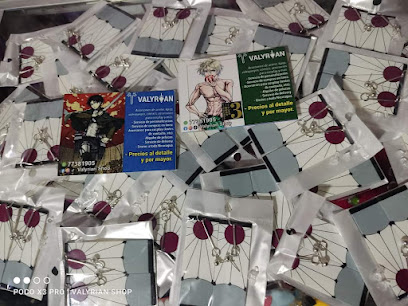
SHE Store
Explore SHE Store in Managua for the latest dress styles, blending local fashion with a unique shopping experience.
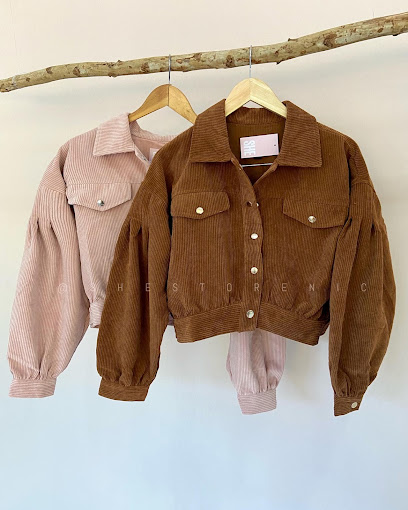
Tienda La Exclusiva
Explore Tienda La Exclusiva for vibrant Nicaraguan fashion and unique clothing pieces that capture the essence of local culture.
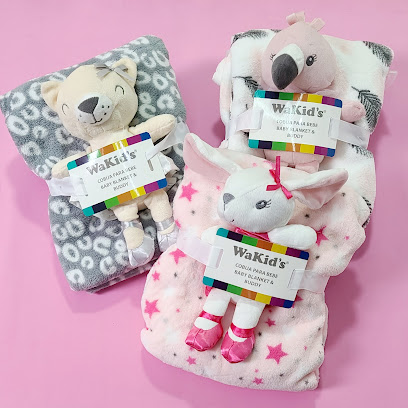
Algo Bonito Nicaragua
Explore Algo Bonito Nicaragua, a vibrant clothing store in Managua's Mercado Oriental, where local women's fashion meets unique cultural flair.

Tsunami Store Multicentro Las Americas
Discover authentic Nicaraguan gifts and crafts at Tsunami Store Multicentro Las Americas, showcasing the rich culture and artistry of the region.

FULL STYLE
Explore FULL STYLE Boutique in Managua for unique Nicaraguan fashion and accessories that celebrate local craftsmanship and culture.

Meraki Concept Store
Explore the essence of Nicaragua at Meraki Concept Store, your destination for unique handmade gifts and local art in Managua.
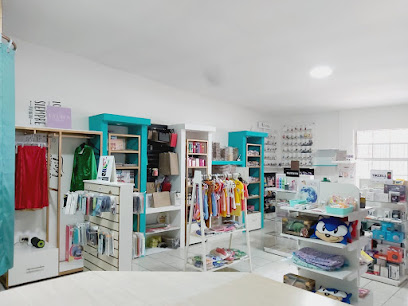
Online Shopping Nicaragua
Experience the vibrant fashion scene at Online Shopping Nicaragua, where local style meets affordability in the heart of Managua.
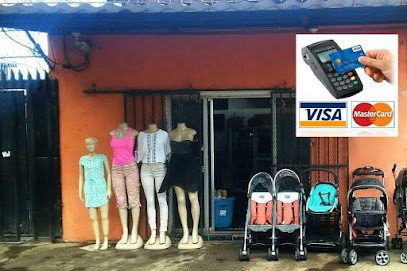
Elena Store Nicaragua
Discover unique hats and local crafts at Elena Store Nicaragua, a must-see destination in Managua for tourists seeking authentic souvenirs.
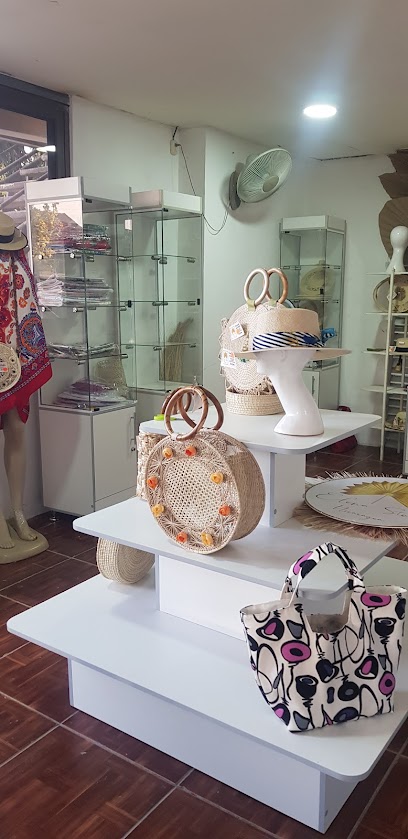
Miami Boutique & Salon
Explore vibrant fashion and accessories at Miami Boutique & Salon, where local culture meets contemporary style in the heart of Managua.
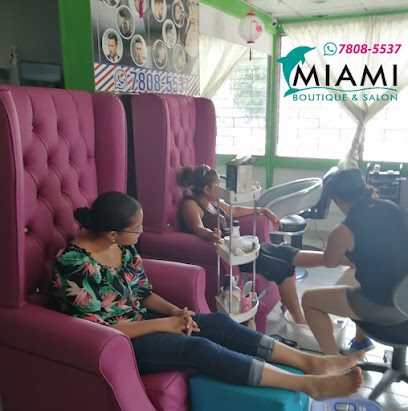
Jesuely Boutique
Explore unique women's fashion at Jesuely Boutique in Managua, where local style meets modern trends for an unforgettable shopping experience.

Gift on the Go Nicaragua
Discover the heart of Nicaraguan culture through unique gifts and local handicrafts at Gift on the Go Nicaragua.
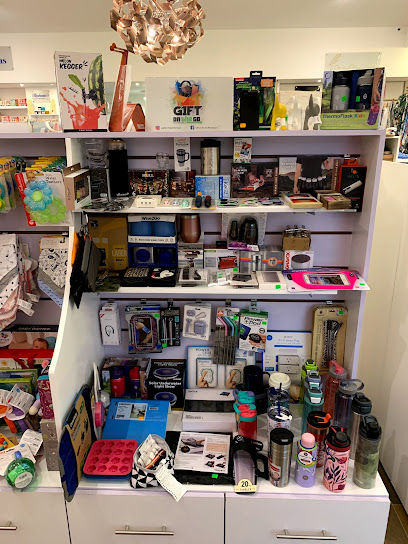
ADA'S PRINCESS
Explore Ada's Princess for stylish fashion accessories in Managua, where local craftsmanship meets contemporary trends for a unique shopping experience.
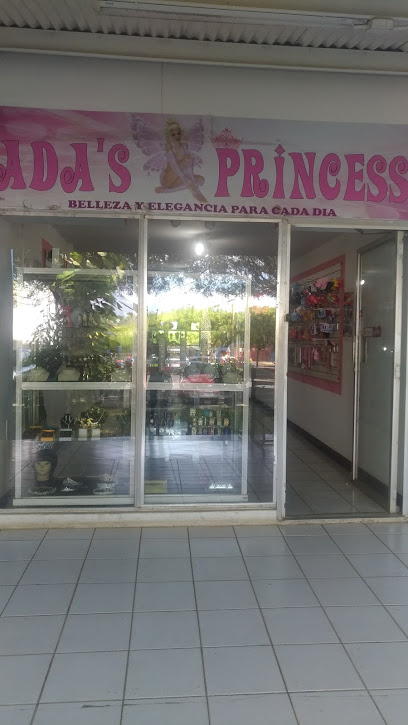
Essential bars & hidden hideouts
El Gara / Bar y Restaurante en Managua
Experience the vibrant flavors of Nicaragua at El Gara, a premier gastropub in Managua offering a fusion of local and international cuisine.
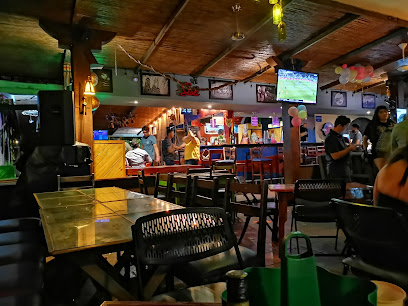
Embassy Bar And Lounge
Discover the vibrant nightlife at Embassy Bar and Lounge in Managua, offering a unique beer garden experience with local flavors and great ambiance.
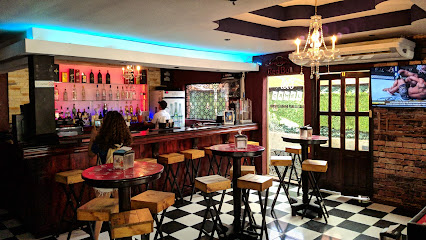
The reef
Experience the vibrant nightlife at The Reef, a lively bar in Managua offering cocktails, live music, and a friendly atmosphere for unforgettable nights.
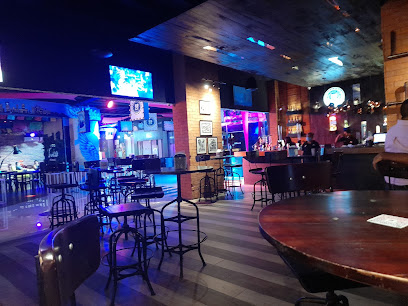
Bokanada Bar
Discover the lively ambiance and exquisite cocktails at Bokanada Bar, a must-visit nightlife gem in Managua, Nicaragua.
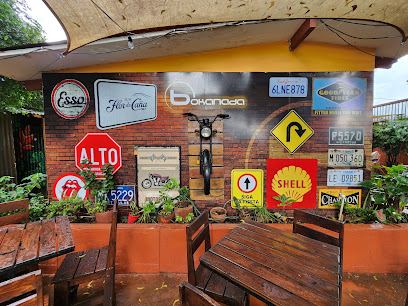
Jona's Bar
Jona's Bar in Managua: A vibrant nightlife destination with great drinks, live music, and an energetic atmosphere for unforgettable evenings.
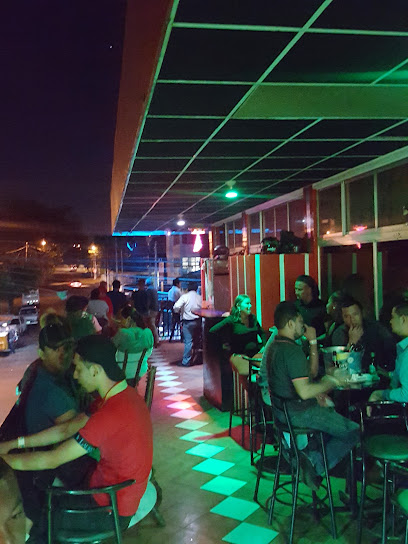
El Tiki Bar
Discover the tropical charm of El Tiki Bar in Managua, where delicious grilled dishes and refreshing cocktails meet a vibrant atmosphere.
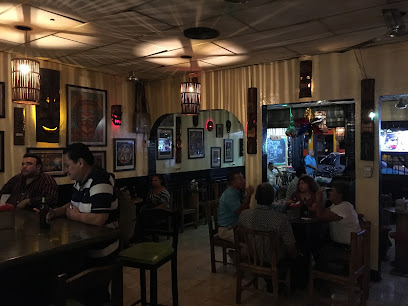
Rehab Bar & Grill
Discover the culinary delights of Managua at Rehab Bar & Grill, where delicious grilled dishes and vibrant atmosphere await every traveler.
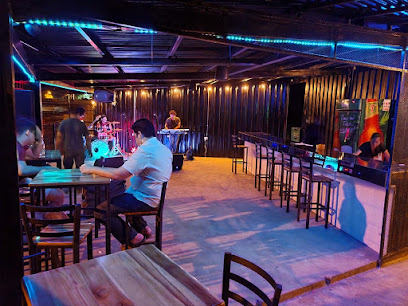
Tonic Nicaragua
Experience the vibrant tastes of Nicaragua at Tonic Nicaragua, a premier grill in Managua serving delicious cuisine and refreshing drinks.
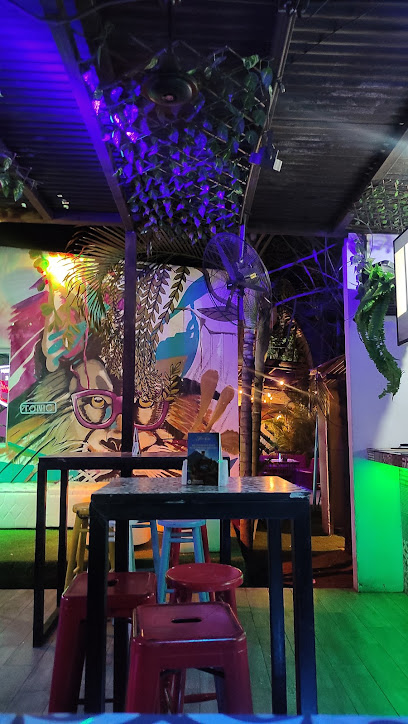
El Faro Bar
El Faro Bar in Managua: A lively bar experience with affordable drinks and a taste of Nicaraguan nightlife.
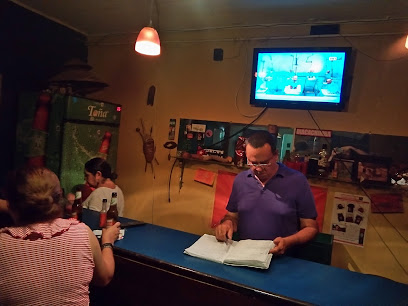
Birras Bar
Experience the vibrant nightlife at Birras Bar in Managua, where refreshing drinks and a lively atmosphere await you.
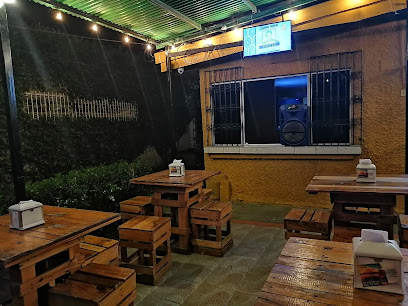
Kokolocos’s bar
Explore the vibrant nightlife at Kokolocos's Bar in Managua, where exceptional cocktails and a lively atmosphere await.
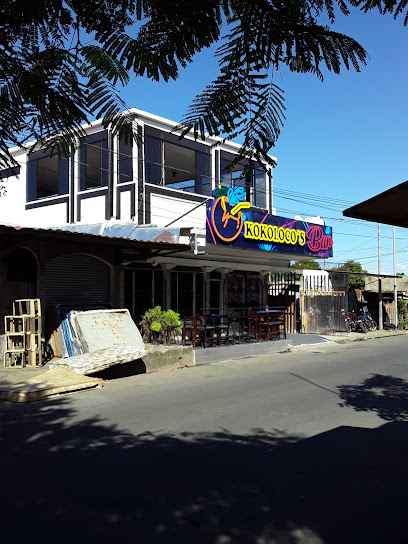
Alternativo - Bar, Music & Food, Managua
Discover the lively nightlife of Alternativo in Managua, where great music, delicious food, and a vibrant atmosphere await you.
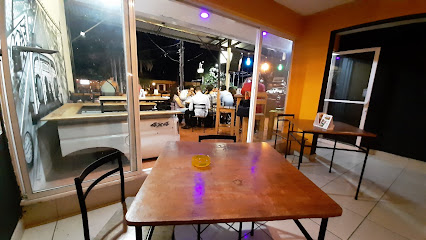
La placita sport bar
Discover the lively ambiance of La Placita Sport Bar in Managua, where sports meet culture, and every drink tells a story.
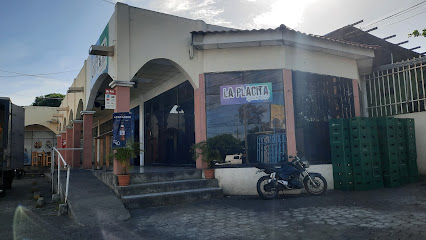
Boca Chica Cóctel Bar
Discover the lively Boca Chica Cóctel Bar in Managua, where vibrant cocktails and a festive atmosphere await you for an unforgettable night out.
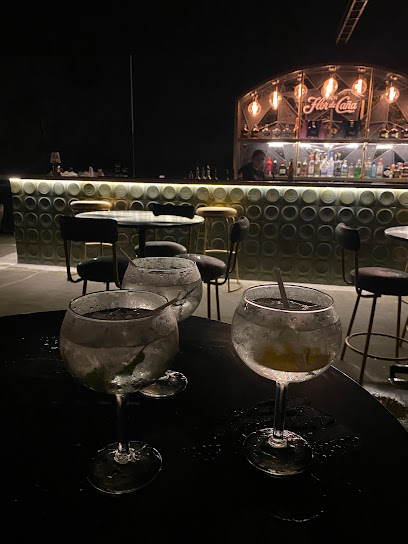
Old Bar
Discover the lively Old Bar in Managua, where refreshing drinks and a vibrant atmosphere await amidst the beauty of Nicaraguan nightlife.
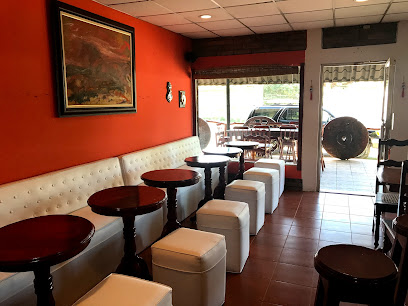
Travel experiences inspired by this city
Explore more travel diariesLocal Phrases
-
- HelloHola
[oh-la] - GoodbyeAdiós
[ah-dee-ohs] - YesSí
[see] - NoNo
[noh] - Please/You're welcomePor favor/De nada
[por fah-bor/deh nah-dah] - Thank youGracias
[grah-see-ahs] - Excuse me/SorryDisculpe/Perdón
[dees-kool-peh/pehr-dohn] - How are you?¿Cómo estás?
[koh-moh ehs-tahs] - Fine. And you?Bien. ¿Y tú?
[bee-ehn. ee too] - Do you speak English?¿Hablas inglés?
[ah-blahs een-glehs] - I don't understandNo entiendo
[noh ehn-tee-ehn-doh]
- HelloHola
-
- I'd like to see the menu, pleaseMe gustaría ver el menú, por favor
[meh goos-tah-ree-ah vehr ehl meh-noo, por fah-bor] - I don't eat meatNo como carne
[noh koh-moh kahr-neh] - Cheers!¡Salud!
[sah-lood] - I would like to pay, pleaseMe gustaría pagar, por favor
[meh goos-tah-ree-ah pah-gahr, por fah-bor]
- I'd like to see the menu, pleaseMe gustaría ver el menú, por favor
-
- Help!¡Ayuda!
[ah-yoo-dah] - Go away!¡Vete!
[veh-teh] - Call the Police!¡Llama a la Policía!
[yah-mah ah lah poh-lee-see-ah] - Call a doctor!¡Llama a un doctor!
[yah-mah ah oon dohk-tohr] - I'm lostEstoy perdido/a
[ehs-toy pehr-dee-doh/dah] - I'm illEstoy enfermo/a
[ehs-toy ehn-fehr-moh/dah]
- Help!¡Ayuda!
-
- I'd like to buy...Me gustaría comprar...
[meh goos-tah-ree-ah kohm-prar] - I'm just lookingSólo estoy mirando
[soh-loh ehs-toy mee-rahn-doh] - How much is it?¿Cuánto cuesta?
[kwan-toh kwehs-tah] - That's too expensiveEso es demasiado caro
[eh-soh ehs deh-mah-see-ah-doh kah-roh] - Can you lower the price?¿Puede bajar el precio?
[pweh-deh bah-har ehl pree-syoh]
- I'd like to buy...Me gustaría comprar...
-
- What time is it?¿Qué hora es?
[keh oh-rah ehs] - It's one o'clockEs la una
[ehs lah oo-nah] - Half past (10)Media (10)
[meh-dee-ah (dee-ay-see-ehs)] - MorningMañana
[mah-nyah-nah] - AfternoonTarde
[tahr-deh] - EveningNoche
[noh-cheh] - YesterdayAyer
[ah-yehr] - TodayHoy
[oy] - TomorrowMañana
[mah-nyah-nah] - 1Uno
[oo-noh] - 2Dos
[dohs] - 3Tres
[trehs] - 4Cuatro
[kwah-troh] - 5Cinco
[seen-koh] - 6Seis
[seys] - 7Siete
[syeh-teh] - 8Ocho
[oh-choh] - 9Nueve
[nweh-veh] - 10Diez
[dyehs]
- What time is it?¿Qué hora es?
-
- Where's a/the...?¿Dónde está...?
[dohn-deh ehs-tah] - What's the address?¿Cuál es la dirección?
[kwahl ehs lah dee-rehk-syon] - Can you show me (on the map)?¿Puede mostrarme (en el mapa)?
[pweh-deh mohs-trar-meh (ehn ehl mah-pah)] - When's the next (bus)?¿Cuándo es el próximo (autobús)?
[kwan-doh ehs ehl proh-ksee-moh (ow-toh-boos)] - A ticket (to ....)Un boleto (a ....)
[oon boh-leh-toh (ah)]
- Where's a/the...?¿Dónde está...?
History of Managua
-
Before the arrival of Spanish colonizers, the area now known as Managua was inhabited by various indigenous groups, including the Nahuatl-speaking Nicarao and the Chorotega people. These communities left behind evidence of their sophisticated cultures, including petroglyphs and ancient artifacts that can still be found in the region.
-
In the early 16th century, Spanish conquistadors arrived in the region, dramatically altering the lives of the indigenous populations. Managua was originally a small indigenous fishing village but grew in significance under Spanish rule. The Spanish established settlements and began exploiting the region's resources, leading to significant cultural and demographic shifts.
-
Officially founded in 1819, Managua began its transformation from a modest fishing village to a burgeoning city. Its strategic location along the shores of Lake Managua made it an ideal spot for trade and transportation, contributing to its growth and development.
-
In 1852, Managua was designated the capital of Nicaragua, a status it holds to this day. The decision to make Managua the capital was influenced by its geographical location, which lies between the rival cities of León and Granada. This move helped to quell the ongoing political and regional disputes between the two cities.
-
Managua faced a significant catastrophe on March 31, 1931, when a massive earthquake struck the city. The earthquake caused extensive damage, destroying much of the infrastructure and leading to a prolonged period of reconstruction. This event profoundly impacted the city's development and architecture.
-
The Somoza family ruled Nicaragua, including Managua, from 1936 until the Sandinista revolution in 1979. During this period, the city saw both modernization and oppression. The National Palace, built during the Somoza era, stands as a historical landmark, now housing the National Museum of Nicaragua.
-
On December 23, 1972, Managua was struck by another devastating earthquake, which resulted in widespread destruction and significant loss of life. The disaster had long-lasting effects on the city's landscape and development, with many historic buildings lost and the city center relocated.
-
After the Sandinista revolution in 1979, Managua underwent substantial political and social changes. The aftermath of the revolution saw efforts to rebuild and modernize the city, focusing on infrastructure, education, and healthcare. The revolutionary spirit is still evident in many of the city's murals and monuments.
-
Today, Managua boasts a rich tapestry of cultural landmarks. The Rubén Darío National Theatre, named after Nicaragua's most famous poet, is a hub for the performing arts. The Old Cathedral of Managua, though heavily damaged in the 1972 earthquake, remains a poignant symbol of the city's resilience and history.
-
In recent years, Managua has seen significant modernization efforts. New infrastructure projects, shopping centers, and urban development plans have transformed the cityscape. The Malecón, a revitalized waterfront area along Lake Managua, has become a popular spot for both locals and tourists to enjoy the city's vibrant atmosphere.
Managua Essentials
-
Managua is served by Augusto C. Sandino International Airport (MGA), which is located about 11 kilometers from the city center. Many international airlines operate flights to and from Managua, making it accessible from major cities in North and South America. Once you arrive at the airport, you can take a taxi or use ride-sharing services to reach your destination. There are also bus services that connect Managua with other cities in Nicaragua and neighboring countries.
-
Managua offers several transportation options, including taxis, buses, and ride-sharing services like Uber. The city's bus network is extensive and affordable, though it can be crowded. Taxis are widely available, but it's advisable to agree on a fare before starting your journey. Renting a car is also an option for those who prefer to explore at their own pace. Be aware that traffic can be congested, especially during peak hours.
-
The official currency in Nicaragua is the Nicaraguan Córdoba (NIO). While credit cards are accepted in many hotels, restaurants, and larger stores, it is advisable to carry cash, particularly in smaller establishments and markets. ATMs are widely available in Managua, but always use ones located in safer, well-lit areas. It's a good idea to notify your bank of your travel plans to avoid any issues with card transactions.
-
While Managua is generally safe for tourists, it is important to take standard precautions. Avoid walking alone at night in unfamiliar areas and always keep an eye on your belongings, especially in crowded places. Some neighborhoods, such as Barrio Jorge Dimitrov and Barrio Carlos Fonseca, have higher crime rates and should be avoided. Stick to well-known tourist areas and use reliable transportation services.
-
In case of an emergency, dial 118 for the police, 128 for medical emergencies, and 115 for the fire department. Managua has several hospitals and clinics, including Hospital Vivian Pellas and Hospital Alemán Nicaragüense, which provide good medical care. It is highly recommended to have travel insurance that covers medical emergencies. For minor health issues, pharmacies are readily available throughout the city.
-
Fashion: Do dress modestly, especially when visiting religious sites. Avoid wearing overly revealing clothing. Religion: Do respect local customs and traditions. When visiting churches, dress conservatively and remain quiet. Public Transport: Do be respectful and give up your seat to elderly passengers. Don't eat or drink on public transport. Greetings: Do greet people with a friendly 'Hola' and a handshake. Eating & Drinking: Do try local delicacies and be gracious when offered food. Don't refuse hospitality, as it is considered impolite.
-
To experience Managua like a local, visit the Roberto Huembes Market where you can buy fresh produce, local crafts, and enjoy traditional Nicaraguan food. Take a stroll around the Tiscapa Lagoon Natural Reserve for beautiful views and a bit of history. Engage with locals, as they are often friendly and willing to share stories about their city. Also, don't miss the opportunity to visit the historic center and landmarks such as the Old Cathedral of Managua and the National Palace of Culture.
Trending Landmark in Managua
-
Zoológico Nacional de Nicaragua
-
Parque Japón Nicaragua
-
T.G.I. Friday's Nicaragua
-
Teatro Nacional Rubén Darío
-
Plaza Nicaragua
-
Hyatt Place Managua
-
InterContinental Managua at Metrocentro Mall, an IHG Hotel
-
Porterhouse Steaks
-
Catedral Metropolitana de Managua
-
Reserva Natural Laguna de Tiscapa
-
Restaurant Don Candido
-
La Vaca Gorda
-
Santiago of Managua Cathedral
-
Antiguo Cine Ideal
-
Farmers Market Las Colinas
Nearby Cities to Managua
-
Things To Do in Masaya
-
Things To Do in Granada
-
Things To Do in Rivas
-
Things To Do in Ometepe
-
Things To Do in San Juan del Sur
-
Things To Do in Jinotega
-
Things To Do in Liberia
-
Things To Do in Playa Flamingo
-
Things To Do in Tamarindo
-
Things To Do in Guanacaste
-
Things To Do in Tegucigalpa
-
Things To Do in La Fortuna
-
Things To Do in Monteverde
-
Things To Do in San Miguel
-
Things To Do in Jaco













